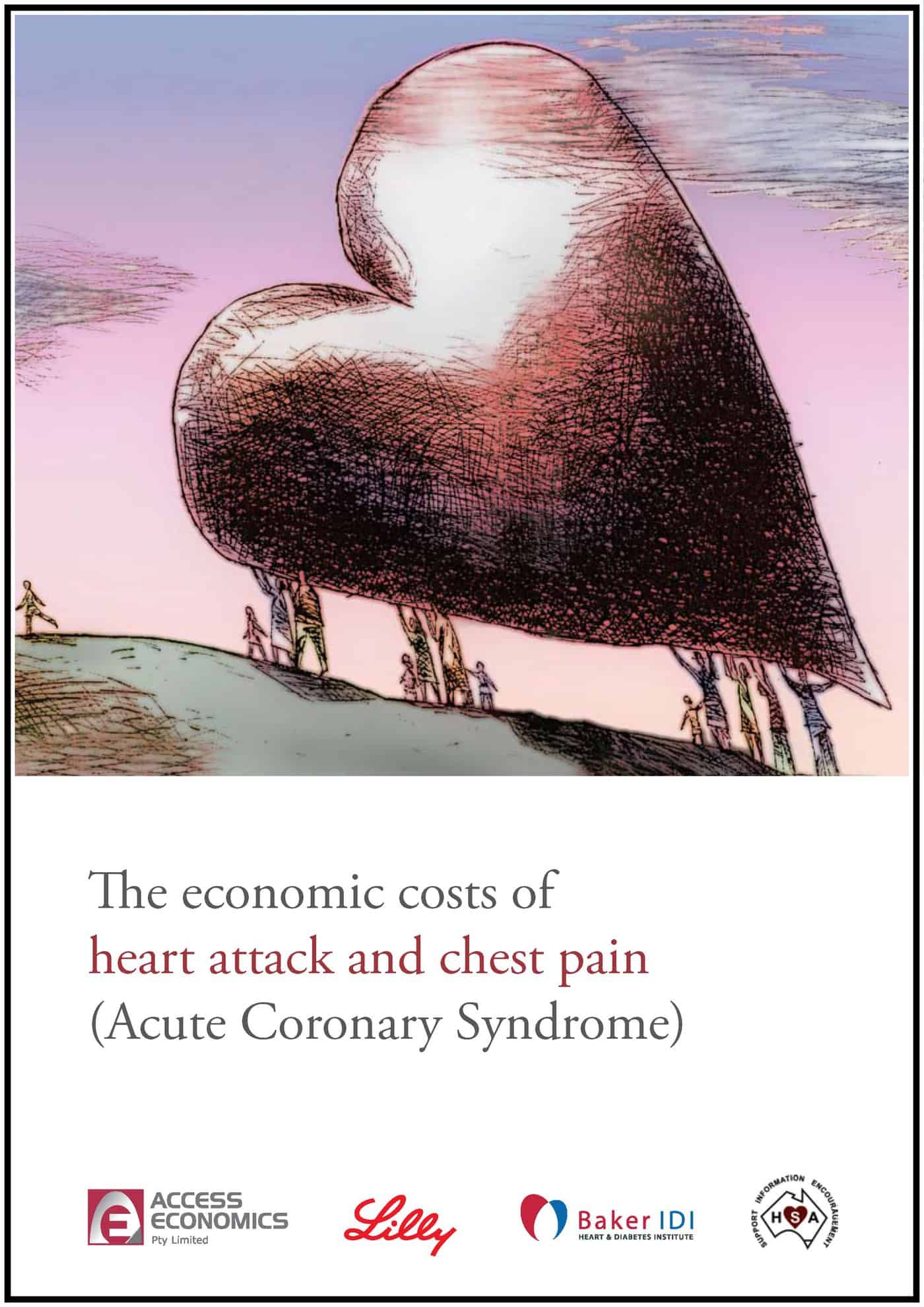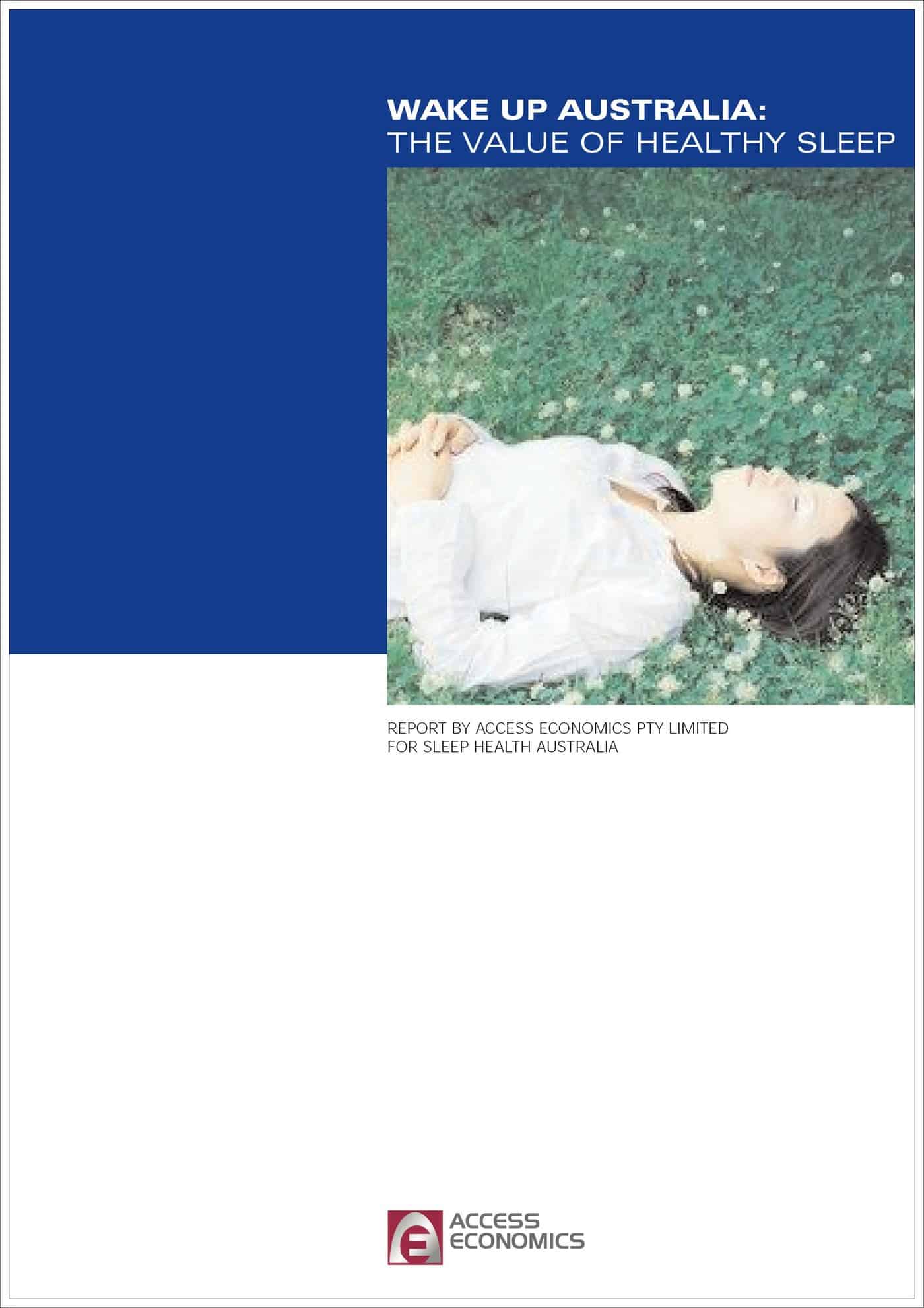It is very hard to be an OHS professional and not feel like one is part of the “nanny state” approach to personal choice. There is a fundamental disconnection between the responsibilities on business for a safe workplace and the responsibilities on an individual to make themselves safe at work.
When the work processes are seen as mechanistic, where workers are part of that process, safety management is easier. Hazards are known because the work process and environment are fixed and have no variation. The employer’s area of responsibility is clear and can be said to be from the engineering/production perspective.
But at different points in history, the spotlight of humanism becomes bright enough that the workers get attention. Safety management becomes complex because humanity is acknowledged in the work processes; one must consult, talk, listen and engage with the worker who was, previously, an element of the production process.
This is the Manicheism of safety management – the machine or the human.
This rumination occurred in response to an article reported by the Australian Broadcasting Corporation on the union representing Sydney bus drivers “asking the New South Wales Government to pay for personal trainers and Weight Watchers programs.”
The union’s bus secretary, Raul Boanza, says, according to the ABC report,
“the union wants the Government to formalise an existing 50 per cent Weight Watchers subsidy by including the provision in enterprise agreements” and
“it will also seek gym memberships or personal trainers on a case-by-case basis on the advice of a medical specialist.”
Apparently
“the Rail, Tram and Bus Union says drivers must pass strict medical standards every two years to keep their licences”.
SafetyAtWorkBlog contacted the union this afternoon and were advised that the person who raised the issue initially “is making no further comment on the matter.”
This is a shame as one of the first questions would have been, “should an employee be held responsible for making sure they are fit for work?”
Let’s indulge in some late-Friday afternoon silliness. If a widget in a mechanical process is faulty, it is fixed or replaced. In a mechanistic perspective, if a worker is too fat to undertake the tasks they have performed previously they should be fixed or replaced. This seems to match the position of Raul Boanza.
But if the widget had a consciousness and the means and responsibility to maintain their own suitability for work, should that widget be fixed or replaced? This seems to be what each worker in any workplace needs to regularly ask themselves.
As mentioned above these two differing perspectives reflect our society’s (internal) debate on personal responsibility to one’s self and one’s society.
The leading safety academic in Australia is a sociologist. Perhaps we are in need of a safety philosopher or at least a safety profession that considers safety in its social and personal contexts, that discusses, debates and progresses, rather than worrying about the latest corporate logo. Perhaps we just need people to take responsibility for their own actions and be accountable for their own errors.





